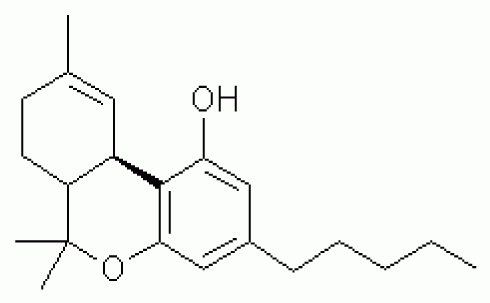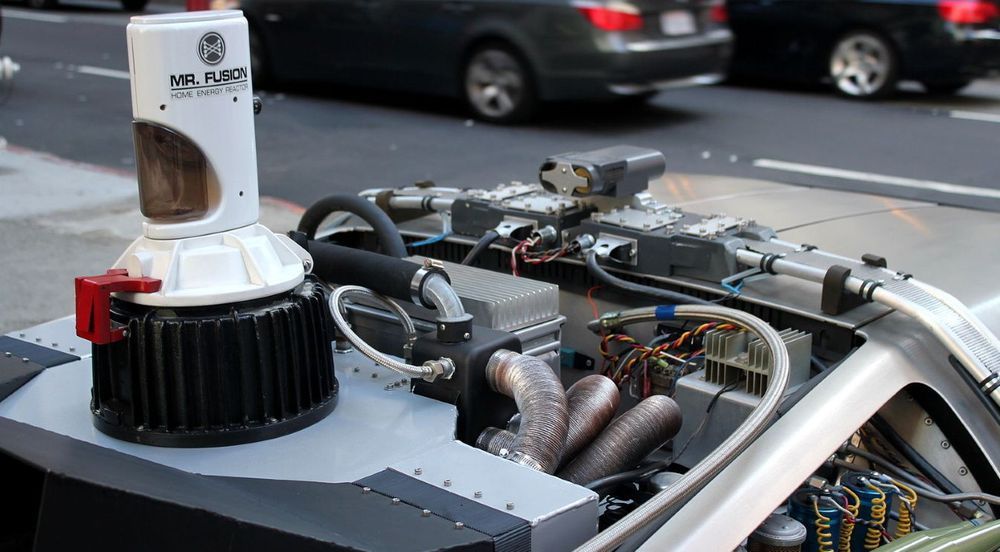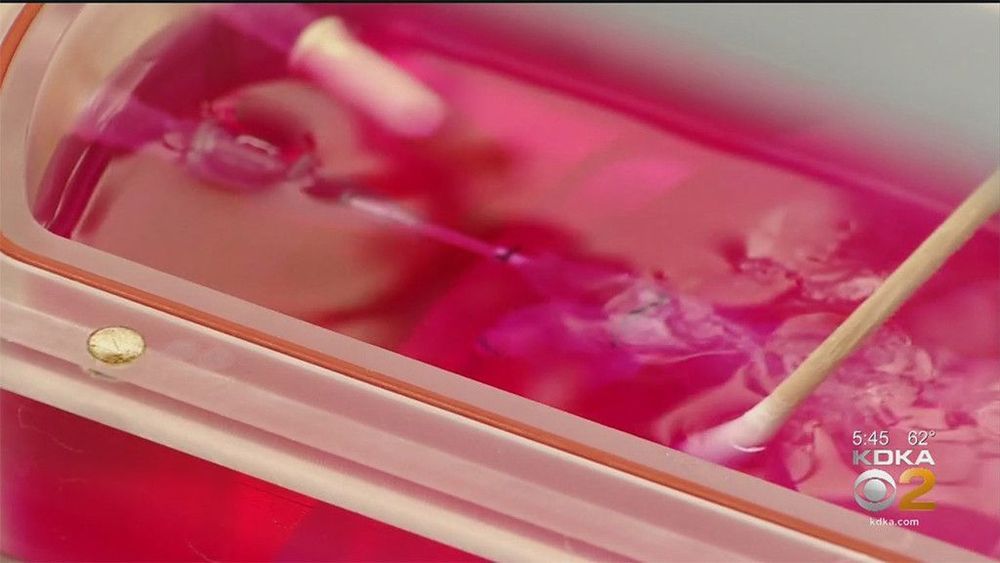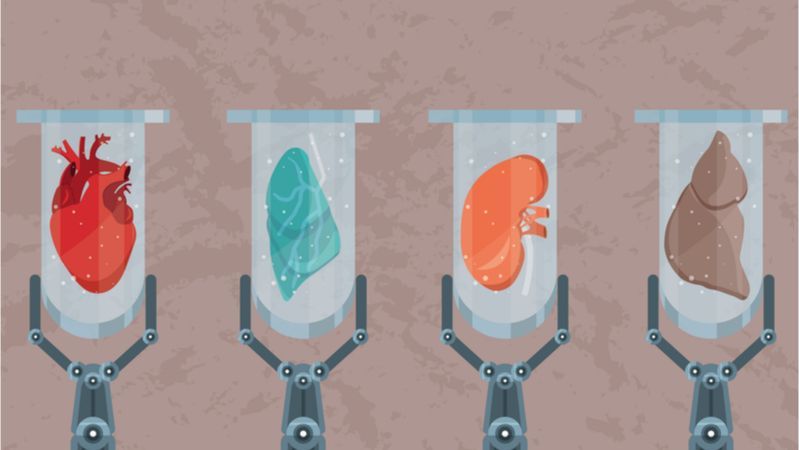OA Text is an independent open-access scientific publisher showcases innovative research and ideas aimed at improving health by linking research and practice to the benefit of society.




For the first time ever, physicists tested the phenomenon of quantum superposition using molecules. That’s a big deal.

We all know that dogs are a man’s best friend, but has the world really come to this?
On a particularly blustery day in New York City, I found myself (as one with the income bracket of a writer sporadically does) on the Upper East Side, amidst tribes of cooler-than-thou high school students, dedicated dog walkers and women wearing hats that looked like a Shar-Pei had potentially suffered in the making of it.
Nonetheless, I braved the chilly air and found solace in the Cooper Hewitt Museum, the design institution that is part of the Smithsonian. Upon entering, visitors are greeted with a magic wand-looking pen tool, that serves as an interactive notekeeper for items you are interested in. “How innovative.” Perfect for a museum about innovation, am I right? With my magic wand in hand, I entered the Narnia of objects, with the first stop being an exhibition titled “Access and Ability.” Featuring “artifacts” designed for people with disabilities, I was surprised to find among the various innovations, a very cute-looking puppy that I instinctively wanted to pet. But I did not, for fear of being arrested, a la Ocean’s 12.

Geneva. Arts at CERN announces two open calls for art residencies – Collide Geneva/Dance and Accelerate Finland – and the arrival of the winners of Collide International, Rosa Menkman, and Collide Pro Helvetia, Christina Hemauer and Roman Keller. The art residency programmes are based on the particle physics laboratory’s cultural strategy, which aims to foster networks between local and international organisations through platforms that engage art and science.
“Arts at CERN plays an important role in augmenting the interest seen in the interaction of the arts and sciences in recent years. By inviting artists and scientists to have a dialogue in the Laboratory, the programme shows how the two fields impact one another. I am proud to announce new opportunities for participation, and to welcome artists-in-residence this autumn,” says Mónica Bello, head of Arts at CERN.
For the sixth Collide Geneva residency, Arts at CERN, the Republic and Canton of Geneva and the City of Geneva have joined forces. The three-month fully funded residency award will be granted to a Geneva-based artist or artist collective working in the field of dance. The winner will have the opportunity to carry out their research at CERN and work together with particle physicists, engineers and IT professionals. Collide Geneva/Dance encourages applications from dance artists inspired by scientific ideas or technological concepts, with innovative approaches in their artistic expression.


The ability to create synthetic organs has long been desired in medicine. If we could make synthetic organs for patients from their own cells, we could replace injured or damaged organs without risking the body rejecting the organ. This would have huge implications for the treatment of liver and kidney diseases, among others. For years, scientists have tried to perfect this technology but have been unable to solve the blood flow problem that has made the creation of synthetic organs impossible.
In the last few weeks, a group of scientists appear to have found the solution to this problem or, at least, a major part of it [1].
